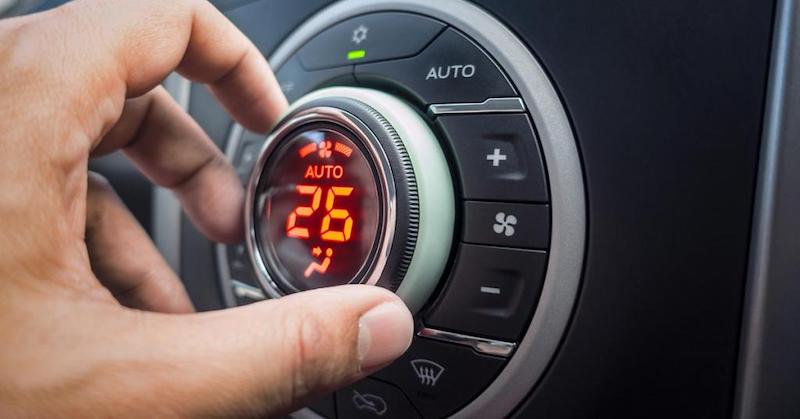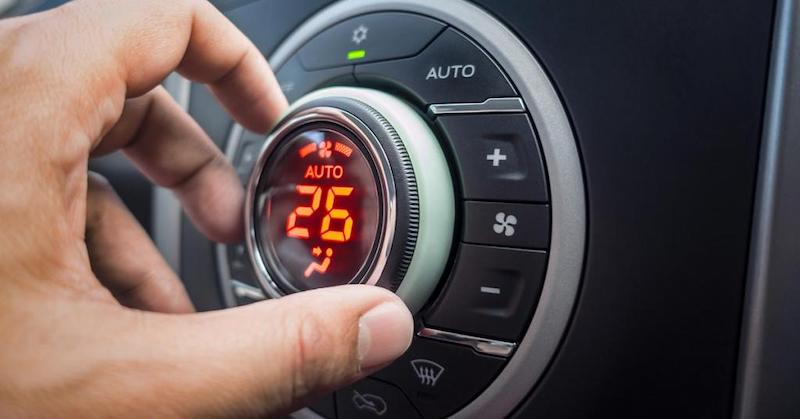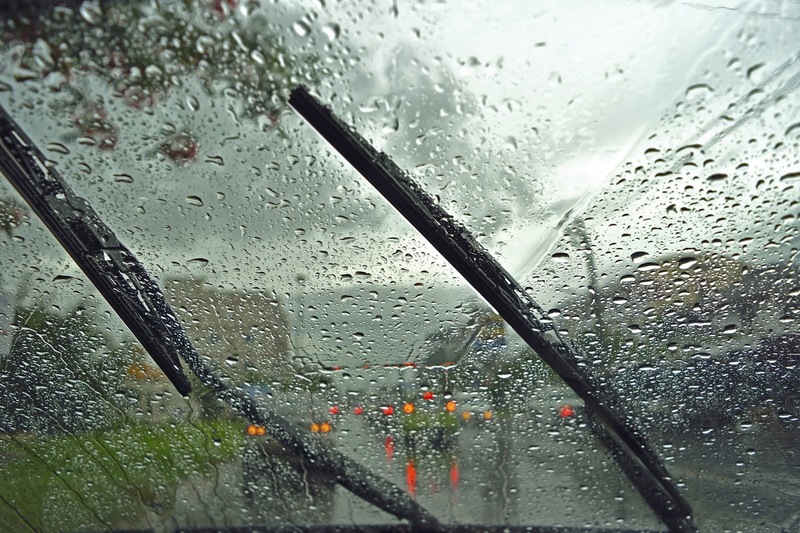
How much does air conditioning increase fuel consumption?
Content
In the circles of motorists there is such a point of view that when the air conditioner is on, there is an increased fuel consumption. But it is known that it does not work from the internal combustion engine, but from the built-in electric motor. To understand this issue, you need to understand the principles of operation of the internal combustion engine, as well as its individual components.

Does fuel consumption increase when the air conditioner is turned on?
Surely, many motorists noticed how the engine speed rose at idle if the air conditioner was turned on. At the same time, an increase in the load on the internal combustion engine itself is felt.
Indeed, when the air conditioner is turned on, gasoline consumption rises. Of course, the difference is almost negligible. When driving in a combined cycle, this indicator can generally be considered insignificant. But the fact remains that the car consumes more gasoline. Let's understand why this is happening.
How the air conditioner "eats" fuel
The air conditioner itself does not run on the fuel of the car. The increased consumption of gasoline or diesel appears due to the fact that the compressor of this unit takes part of the torque from the engine. Through a belt drive on rollers, the compressor is switched on and the engine is forced to share part of the power with this unit.
Thus, the engine gives off a little energy to ensure the operation of an additional unit. It should be noted that the consumption increases with increased generator load. For example, when a large number of energy consumers work in a car, the load on the engine also increases.
How much fuel is wasted
As mentioned above, increased fuel consumption in a car with the air conditioning system turned on is almost imperceptible. In particular, at idle, this figure can increase by 0.5 liters / hour.
In motion, this indicator "floats". Usually it is in the range of 0.3-0.6 liters for every 100 kilometers for the combined cycle. It is worth noting that many third-party factors affect fuel consumption.
So in the heat with a fully loaded trunk and a filled interior, the engine can “eat up” 1-1.5 liters more than in normal weather and an empty interior with a trunk.
Also, the condition of the air conditioning compressor and other indirect causes can affect fuel consumption indicators.
How much engine power is reduced
An additional load on the car engine entails a decrease in power indicators. So the included air conditioner in the passenger compartment can take from 6 to 10 hp from the engine.
In motion, a drop in power can be noticed only at the moment the air conditioner is turned on “on the go”. At the speed of special differences, it is unlikely that it will be possible to notice. For this reason, some cars prepared for racing or other high-speed races are deprived of the air conditioning function in order to eliminate any possibility of “stealing” power.
